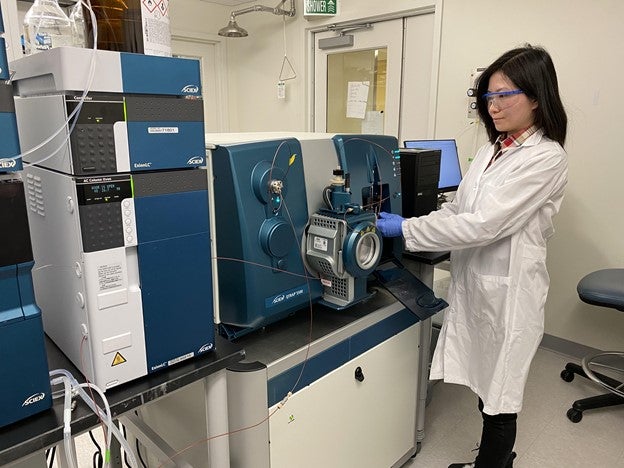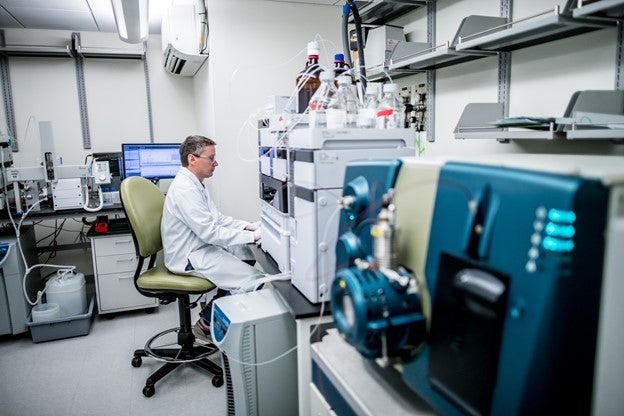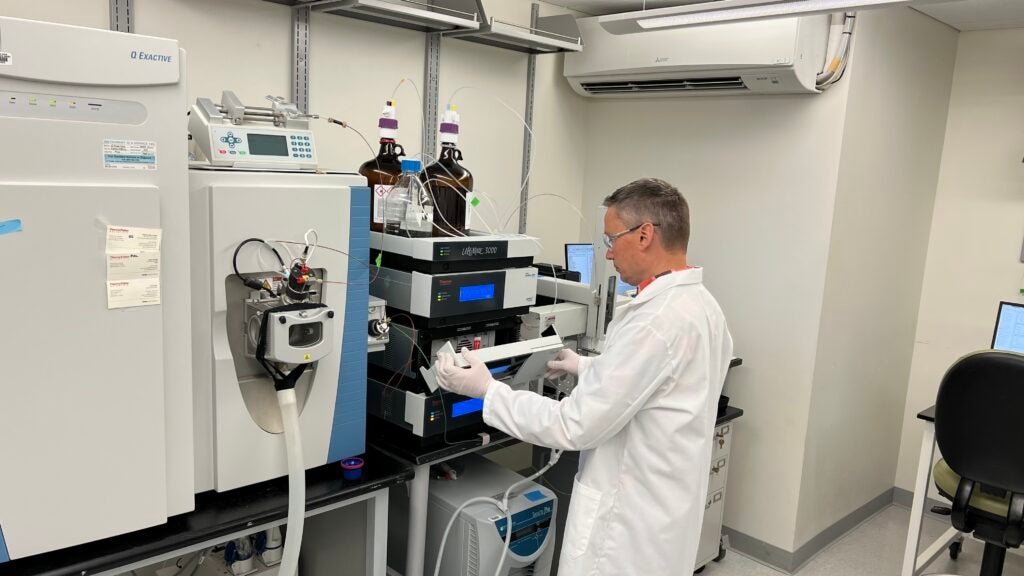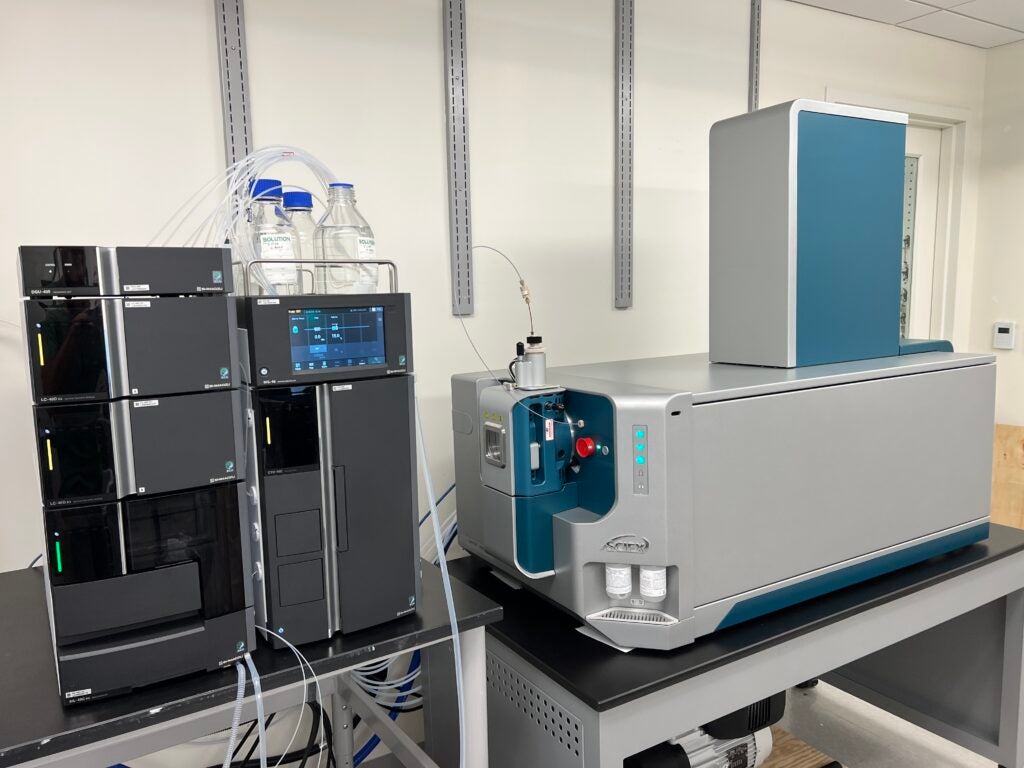Mass Spectrometry and Analytical Pharmacology Shared Resource (MSAPSR)
Pharmacokinetic Instrumentation and Services
Studying drug pharmacokinetics (PK) and pharmacodynamics (PD) is an essential part of the drug development pipeline to help researchers and clinicians understand what the body does to the drug (PK) and what the drug does to the body (PD) over time. PK is defined as the study of drug absorption, distribution, metabolism and excretion (ADME), while PD is the study of the relationship between the concentration of the drug in organs/sites of action (PK), and the biochemical and physiological effects that lead to efficacy and/or toxicity. Understanding the relationship between PK and PD informs on mechanisms of drug action and is essential for the development of optimal drug compounds and efficacious therapeutic dosing.
MSAP workflows routinely combine traditional PK with mass spectrometry imaging and laser capture microdissection coupled to LC-MS/MS quantitation to enable region- and cell-specific drug localization and quantitation. This unique combination of techniques enables site-of-action quantitation and distribution studies that would be lost during whole tissue homogenization and is essential to fully understand drug PK/PD.
The goal of the MSAP resource is to provide bioanalytical services and expertise in support of preclinical and clinical drug development. The MSAP houses start-of-the-art analytical instrumentation that is available to researchers for quantitation of drugs and metabolites in biological specimens. Newly developed quantitation methods are validated according to the FDA Guidance for Industry publication on Bioanalytical Method Validation.
Pharmacokinetic Services offered by this shared resource include:
- Consultation and study design.
- Advice and guidance on sample preparation, experimental design and data interpretation.
- Development and qualification/validation of new assays.
- Transfer of existing assays from literature.
- Support for technical and scientific writing of grant proposals and manuscripts.
- PD studies in conjunction with our other cores (MSI, Proteomics, and Metabolomics) to identify biomarkers of efficacy and toxicity or for the analysis of already validated biomarkers.
Pharmacokinetic Studies/Applications:
- Bioanalysis
- LC-MS/MS assay development in biological matrices (plasma, serum, csf)
- LC-MS/MS quantitation in biological matrices (plasma, serum, csf)
- Biodistribution
- LC-MS/MS quantitation in target organs
- Whole organ drug quantitation
- Laser capture microdissection and LC-MS/MS quantitation from regions of interest in target organ sections
- Region-specific drug quantitation (tumor vs. stroma for example)
- Mass spectrometry imaging in target organ sections (see MSI core)
- Spatial distribution and accumulation in region- and cell-specific locations within an organ section
- LC-MS/MS quantitation in target organs
- Formulation analysis
- Pre-clinical in vivo PK
Analytical Instrumentation
AB Sciex QTrap 5500 Hybrid Tandem Quadrupole: The MSAP houses two high sensitivity Qtrap 5500 triple quad systems which enable very high levels of sample dilution for improved quantitation and reduced matrix effects to deliver the highest quality pharmacokinetic data.

AB Sciex QTrap 6500+ Hybrid Tandem Quadrupole: The sensitivity of the QTrap 6500+ enables spatial drug quantitation at a cellular level using a LCM(Laser Capture Micro-LC-MS work flow analysis of samples obtained from the Leica Laser Microdissection microscope.

Thermo Q-Exactive Quadrupole: The Orbitrap based high resolution accurate mass MS achieves 140000 mass resolution and enables the detection of unknown drug metabolites.

AB Sciex Zeno-TOF High Resolution Mass Spectrometer coupled with Shimadzu 40AD UHPLC: The Zeno-TOF excels at Quan-Qual workflows using a fast scan speed high resolution Q-TOF. The Zeno-TOF delivers modern triple-quad-like linear dynamic range and sensitivity with simultaneous full scan data collection for evaluation of unknowns. The Zeno-TOF is applied to drug quantification, metabolite identification, or MS based Omics.

